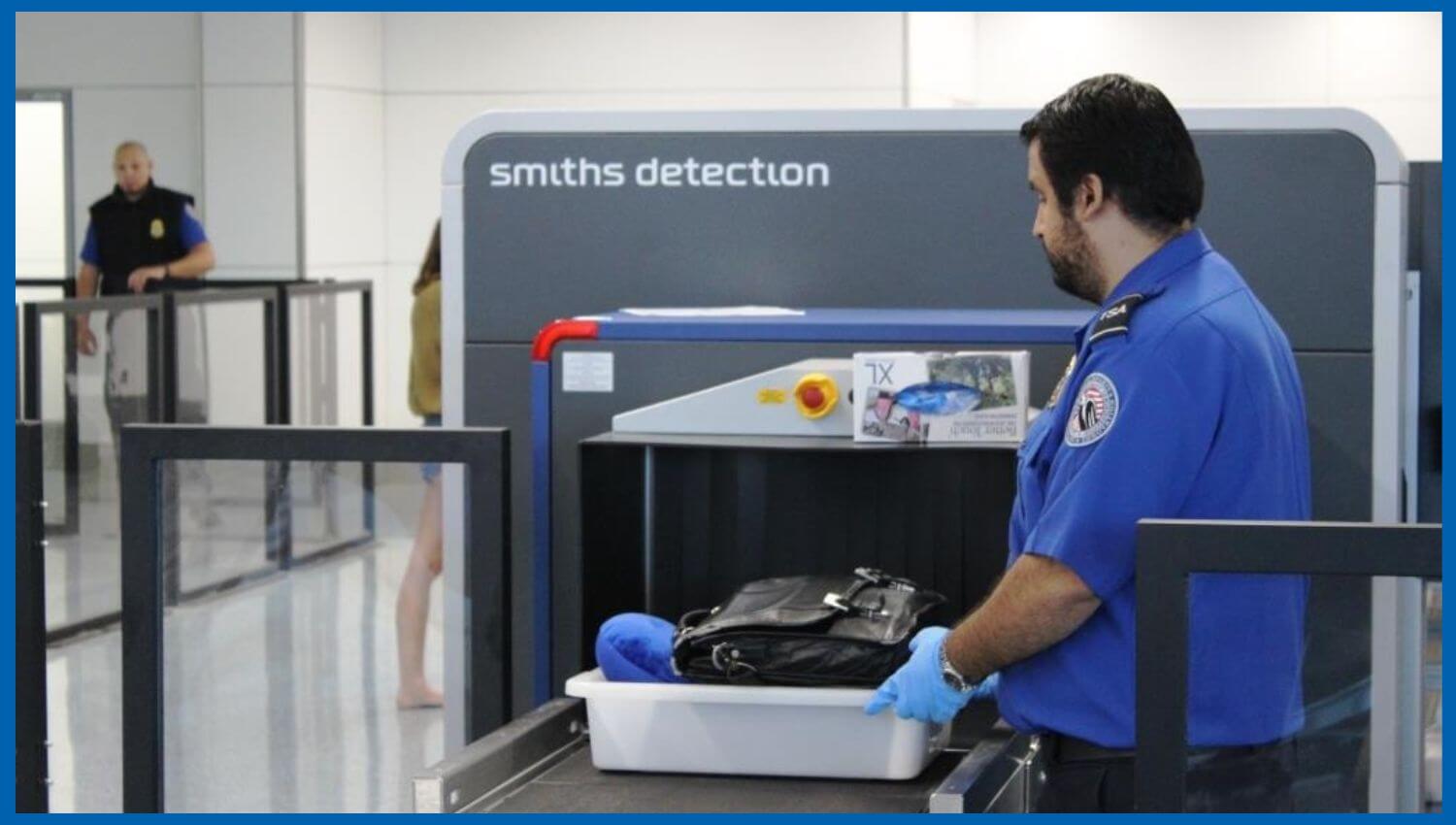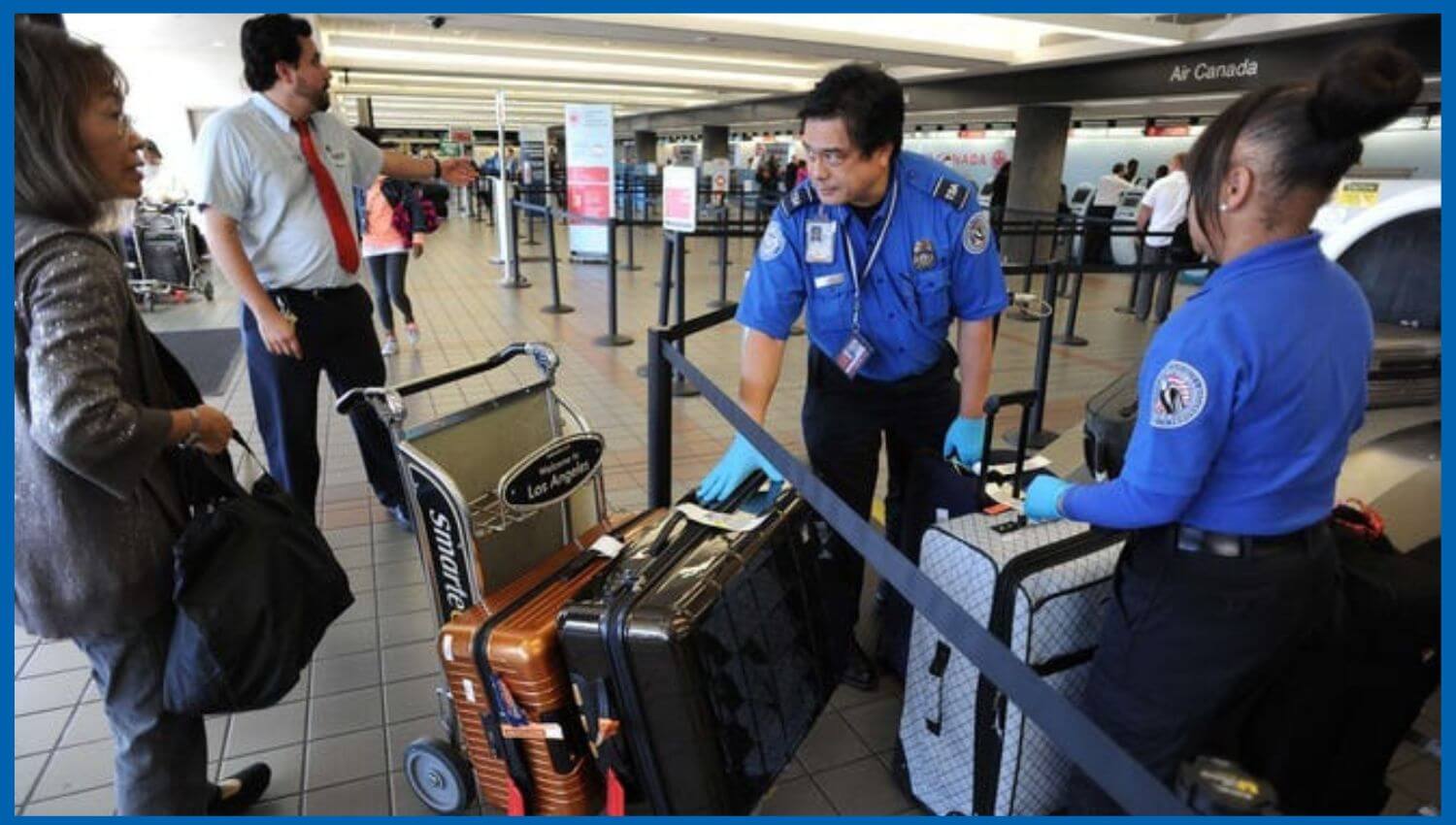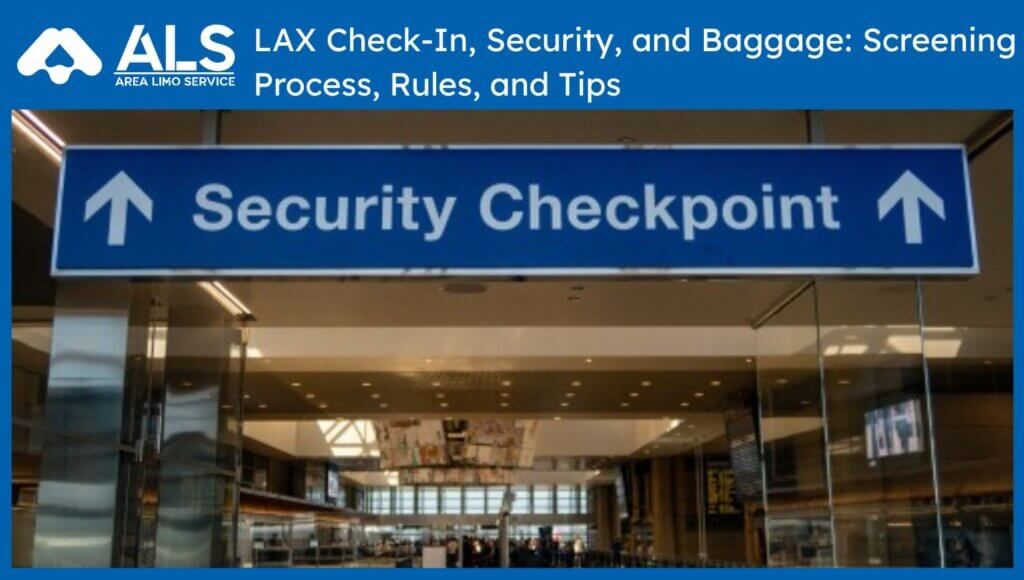Los Angeles International Airport (LAX) is among the busiest airports in the United States, and it serves millions of passengers annually. Check-in, security and baggage procedure can be a sometimes stressful experience, particularly when the airports are busy. It becomes easier when one understands the screening regulations and the necessary procedures. A person can save time by familiarising himself/herself with baggage limits, scheduling security checks and carrying the documents. Proper planning enables passengers to navigate LAX without difficulties and provides a chance to save time on needless waiting before takeoff.
What Are the Check-In Options at LAX?
The following are the four check-in options at Los Angeles International Airport (LAX):
- Online Check-In: Check in through the site of an airline or a mobile app and receive a boarding pass. This option saves your time and helps you avoid waiting in long lines.
- Self-Service Kiosks: Check in at the terminal using kiosks to print out boarding passes, bag tags, and seats within a short time.
- Counter Check-In: Go to the airline desk to get help with your tickets, special requests, or baggage.
- Curbside Check-In: Drop off luggage, along with checking in with airline staff without entering the terminal, to make it more convenient.

What Security Screening Process To Expect at LAX?
The following are the five security screening procedures to be expected at LAX:
- ID and Boarding Pass Check: TSA officers verify your identity by reviewing a valid government-issued ID and your boarding pass before allowing you to proceed. This is a mandatory procedure prior to any security lane.
- Standard Security Lanes: These lanes are used by the majority of travellers, and you present your carry-on bags to X-ray scanners and pass through metal detectors. Laptops, shoes, and belts are frequently taken away.
- TSA PreCheck: Approved passengers are allowed faster screening in special lanes. It is quicker because shoes, light jackets, and belts are not removed, and laptops or liquids can be kept in bags.
- CLEAR Lanes: The member identifies themselves through fingerprint or eye scan, which skips the manual ID check. Once clearance is done, they are taken directly to physical screening.
- Secondary Screening: Travellers or bags are randomly chosen to go through extra checking. This can involve bag searches, pat-downs or swab tests as a method of security.
What Are the Baggage Rules and Policies at LAX?
Below are the five baggage rules and policies at Los Angeles International Airport (LAX):
- Carry-On Baggage: Airline companies have a rule of one carry-on bag and one personal item, like a backpack or purse. The size and weight restrictions change depending on the policy of the airline.
- Checked Baggage: The most common checked luggage policies change according to the airline, and a charge is placed on most domestic flights. Bags have to be within weight and size limits to avoid additional fees.
- Oversized and Special Items: Sports equipment, musical instruments, or strollers are the kind of items that require special treatment. Before travelling, one needs to read the airline instructions regarding packing and charges.
- Restricted Items: Sharps, large liquids and dangerous substances are restricted. TSA offers the latest lists to assist travellers with packing safely and avoiding delays.
- Lost and Found Services: LAX has a centralised lost and found office. You can contact the traveller through online or physical means to report lost bags or other things.

What Tips Help Speed Up the Check-In and Security Process?
The following are the five tips that can assist in accelerating the check-in and security process at LAX:
- Check in online early to save time in the airport and go straight to the bag drop lines or security lines. This minimises waiting time, particularly during the peak hours.
- Prepare Documents before coming to the counter or checkpoint. It is always good to make sure you have your ID and boarding pass so you can easily pass through security.
- Pack smartly and store your liquids and electronics in easily accessible places. This saves time by making security checks quick.
- Use Expedited Programs like TSA PreCheck or CLEAR to enter faster through the security process. These programs reduce screening procedures.
- Track Baggage with airline applications or baggage tags to monitor baggage position. This guarantees that you have fewer concerns when travelling.
What is the Accessibility and Special Assistance at LAX Check-In and Security?
The following are the four accessibility and special assistance services that are offered at LAX check-in and security:
- Wheelchair Services can be requested at check-in counters. Professionally trained employees support curbside drop-off travellers through to the gates.
- Priority Screening is provided to individuals with a disability or health illness. TSA personnel provide further support to ensure that the process proceeds without any problems.
- Family Assistance assists parents who are travelling with young children, permitting additional time and assistance during screening and check-in.
- Service Animals are allowed everywhere at the security checkpoints. An additional check-up is done politely so that the comfort of passengers can be maintained.
How Early Should You Arrive for Check-In at LAX?
These are the three main guidelines for the time to arrive at LAX check-in:
- Domestic Flights require the arrival of passengers at least 2 hours before departure. This gives time to check in, security inspection, and gate access.
- International Flights require that passengers reach 3 hours before departure. This requires additional time in document checks, customs, and extended security checks.
- Peak Travel Times, holidays, summer and early morning can take more time. Coming in advance prevents delays caused by large groups of people.

